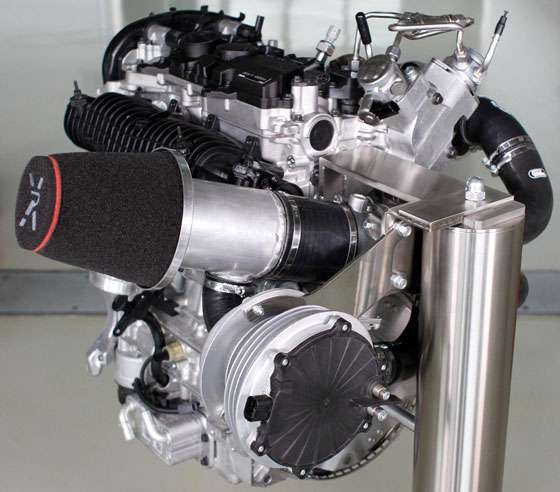
O turbocompressor elétrico impulsiona os outros turbos enquanto o motor não possui força suficiente para fazê-los girar com os gases do escapamento. Desta maneira, elimina-se o turbo lag. A gasolina é injetada nos cilindros por duas bombas, que trabalham a uma pressão de 250 bar.
Desenvolvido em colaboração com AVL, Denso e Polestar, o motor Drive-E 2.0 quatro cilindros é, por enquanto, apenas um conceito, para mostrar os benefícios do downsizing.
Volvo Cars reveals 450hp High Performance Drive-E Powertrain Concept
* Triple Boost Technology takes Volvo's four-cylinder Drive-E Powertrain petrol engine to 450hp
* Further proof of Volvo's commitment to delivering driving pleasure through down-sizing
Volvo delivers a unique combination of performance and efficiency with the High Performance Drive-E Powertrain Concept - a triple boost 2.0-litre 4-cylinder petrol engine with no less than 450hp.
Following the successful introduction of Volvo's Drive-E Powertrain range in 2013, Volvo's powertrain team once again demonstrates its technological leadership in emission-reducing turbo technology.
"When we launched the Drive-E powertrain family, our aim was to deliver the most advanced 4-cylinder engines in the industry based on emissions and fuel consumption relative to performance and drivability," says Dr. Peter Mertens, Senior Vice President for Research and Development at Volvo Car Group.
"We knew that 320hp in our petrol configuration was just a starting point. The 450hp High Performance Drive-E Powertrain Concept, demonstrates this ambition and the versatility of the Drive-E Powertrains."
The 450hp High Performance Drive-E Powertrain Concept is based on a set of technologies not usually found in a four-cylinder engine.
The engine utilises two parallel turbochargers, which are fed by an electrically powered turbo-compressor. The compressed air from this unit, rather than being fed to the cylinders, is instead used to spool up the two parallel turbochargers. Fuel is fed by a dual fuel pump working at 250 bar pressure. With this kind of power density, this triple boost installation and unique fuel system, enables a very dynamic drivability without any turbo lag, compared to a mono-turbo.
"There are several high power small size applications where one large turbo is used to create a high level of power available from other manufacturers, but the driving experience suffers due to slow engine response. We felt that with our heritage of being among the first car companies to embrace and offer a broad range of turbo technology since 1981, that we could improve this," says Michael Fleiss, Vice President of Powertrain Engineering at Volvo Car Group.
The High Performance Drive-E Powertrain Concept attracted the attention and involvement of Volvo Cars suppliers AVL, Denso and Volvo Polestar Racing at an early stage, which allowed theories and technologies from racing applications to be infused in the development process.
"This was a very exciting project as we pioneered a combination of technologies in the same application, and the result is a quite unique engine with its high power yet quick response. Above all, its compact size improves weight distribution between the front and rear axle and lowers the center of gravity - two factors that have a significant effect on the handling, whether it is a race car or a street car," said Mattias Evensson, Race Engine Director at Volvo Polestar Racing.
"It may sound odd, but this 450hp engine is part of this work. Down-sizing must offer customers attractive and usable power for broad scale emissions reduction to work. Compact powertrains free up space and weight in the structure of the car, which can be used for electrification and even further emissions reduction. And that is our ultimate ambition," concludes Dr. Mertens.

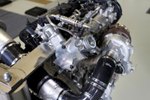

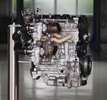
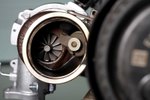
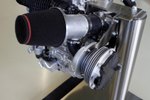

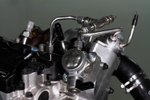
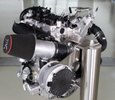
Postar um comentário